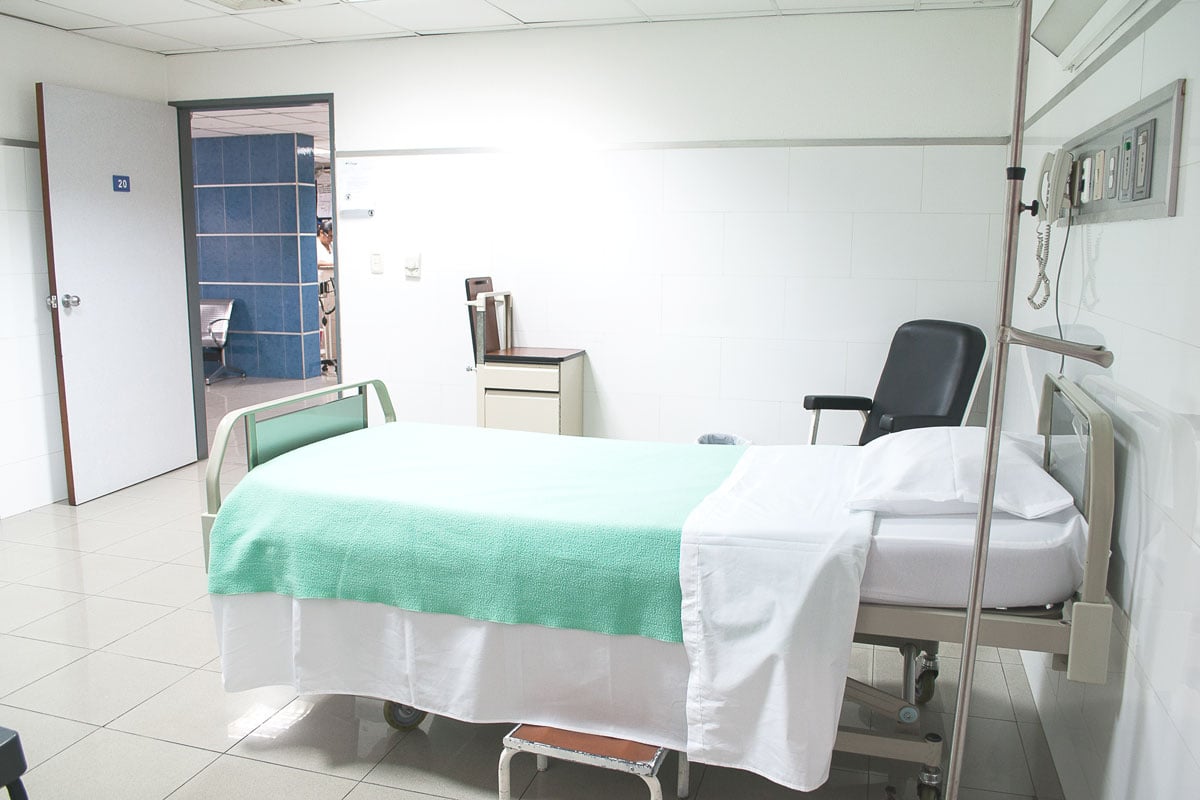Doctors are beginning to embrace the power of wireless technologies. Through a wide range of devices, doctors are delivering out-patient care, patients are able to self-medicate, and overall health standards are reflecting that.
Essentially, patients with chronic diseases or even the general public can benefit from these sorts of devices, due to the insights they provide. Yet it's only now that devices are beginning to deliver on the so-called six domains of medical care quality, those being:
- Safety. Are devices safe to use and encouraging safe medical practice? Are they safe themselves?
- Effectiveness. Are devices helping doctors treat and prevent illness and health conditions?
- Patient-centredness. Are devices helping doctors deliver personalised care based on the information devices are providing?
- Timeliness. Are eHealth devices helping deliver quality care at the most necessary intervals?
- Efficiency. Are devices alleviating doctors and medical professionals of an extra burden?
- Equity. Are devices helping society deliver fair, sustainable healthcare that provides for all?
The answer to each of these six questions is unequivocally yes. However, many of these benefits rely on strong levels of wireless performance in order to deliver them. For example, a device providing irregular data cannot possibly meet the timeliness criteria.
So how do you ensure high levels of wireless performance from an eHealth device? Fortunately, we've put together a guide on how you can select, integrate and overcome some of the most prominent challenges impacting eHealth projects from getting off the ground, including:
- Selecting the right antenna.
- Health and safety guidelines and approval.
- Board design tips & best practices.
- Passing necessary regulatory hurdles.
- Ensuring a seamless production.
- Antenna tuning and matching.
Download the guide for free below.



